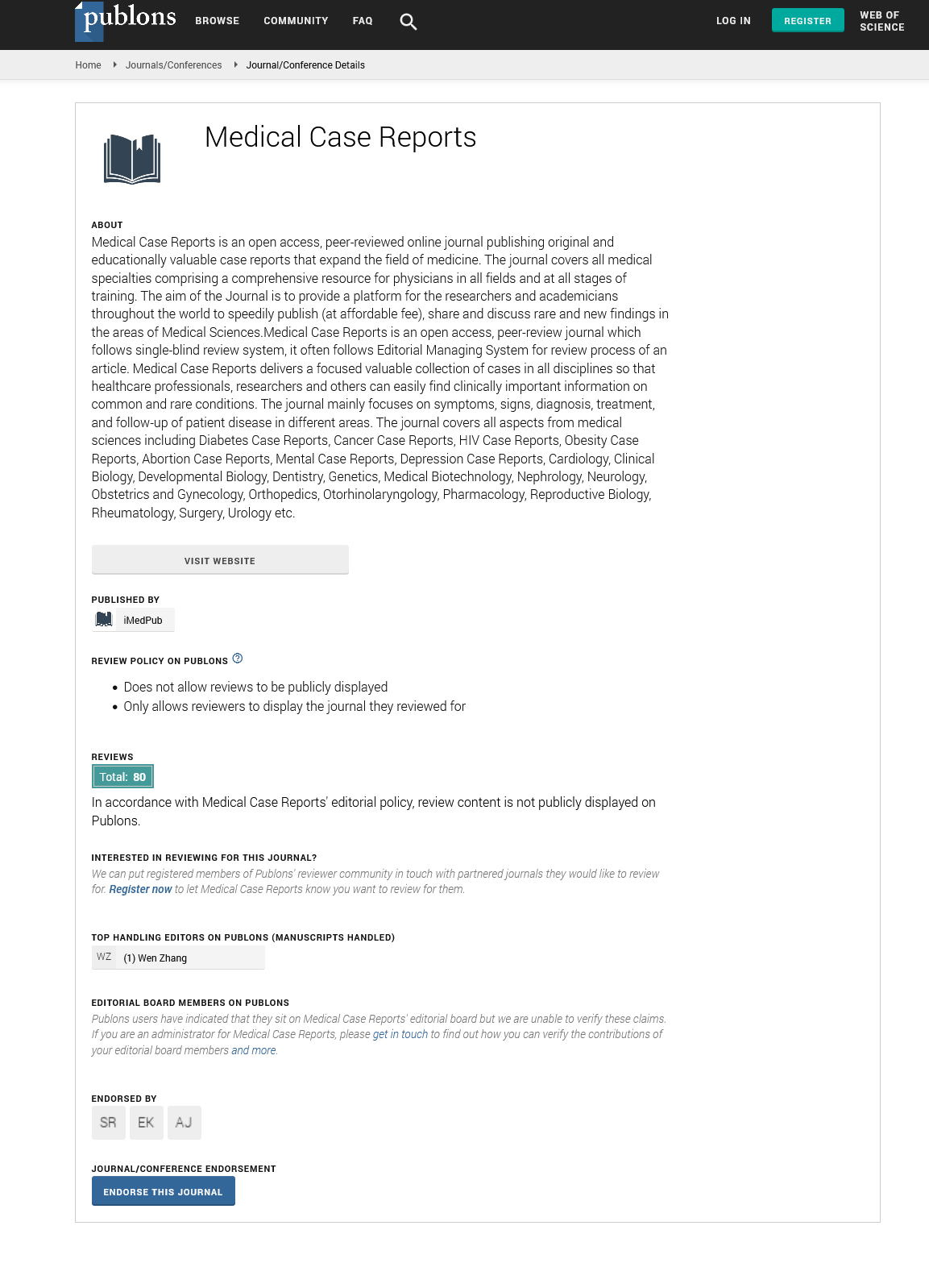Abstract
Diffffuse miliary hemangiomatosis with hepatic involvement in an infant in Dakar
Diffuse military hemangiomatosis is defined by the presence of multiple infantile cutaneous hemangiomas with number is greater than or equal to five, associated with visceral involvement, usually regarding the liver. It is an uncommon condition and stands for 2 to 3% of cases of cutaneous hemangiomas. We report the observation of a 3-month-old female infant, without any medical history, admitted for an abdominal tumour which has been evolving for 1 month. On general examination, a state of agitation, shortness of breath and increased heartbeat rate were noted. The physical examination noted a large tumour- like hepatomegaly and multiple raspberry papulo-nodules located on the trunk, scalp and limbs evoking tuberous hemangiomas. The rest of the clinical examination was unremarkable. The full blood count outlined microcytic hypochromic anaemia at 5.5 g/dl. Transaminases were normal. The alpha fetoprotein level was 842 ng/ml (42 times normal). Hepatic ultrasound showed hepatomegaly with multiple diffuse hypoechoic formations throughout the hepatic parenchyma and was completed by abdominal CT scan, which found a large, dysmorphic and heterogeneous liver with several hypodense formations, diffuse throughout the parenchyma and enhanced by the contrast agent. The diagnosis of diffuse military hemangiomatosis with hepatic involvement was estabilished based on the presence of multiple cutaneous hemangiomas and the radiographic aspect of the hepatic impairment. The evolution was unremarkable under propanolol and corticoids after a 6-month follow-up, labelled by a regression of the hepatomegaly, the beginning of hemangioma involution and a tendency to normalise the alpha fetoprotein level to twice normal. We have reported an observation of diffuse miliary hemangiomatosis which is particular in its clinical course; a hepatic tumourlike involvement, a high increase of alpha feto-protein rate and a successful evolution under propanolol and oral corticosteroid therapy after a 6-month follow-up.
Author(s):
Khadim Diop
Abstract | PDF
Share this

Google scholar citation report
Citations : 241
Medical Case Reports received 241 citations as per google scholar report
Medical Case Reports peer review process verified at publons
Abstracted/Indexed in
- Google Scholar
- China National Knowledge Infrastructure (CNKI)
- Cosmos IF
- Directory of Research Journal Indexing (DRJI)
- WorldCat
- Publons
- Secret Search Engine Labs
- Euro Pub
Open Access Journals
- Aquaculture & Veterinary Science
- Chemistry & Chemical Sciences
- Clinical Sciences
- Engineering
- General Science
- Genetics & Molecular Biology
- Health Care & Nursing
- Immunology & Microbiology
- Materials Science
- Mathematics & Physics
- Medical Sciences
- Neurology & Psychiatry
- Oncology & Cancer Science
- Pharmaceutical Sciences


